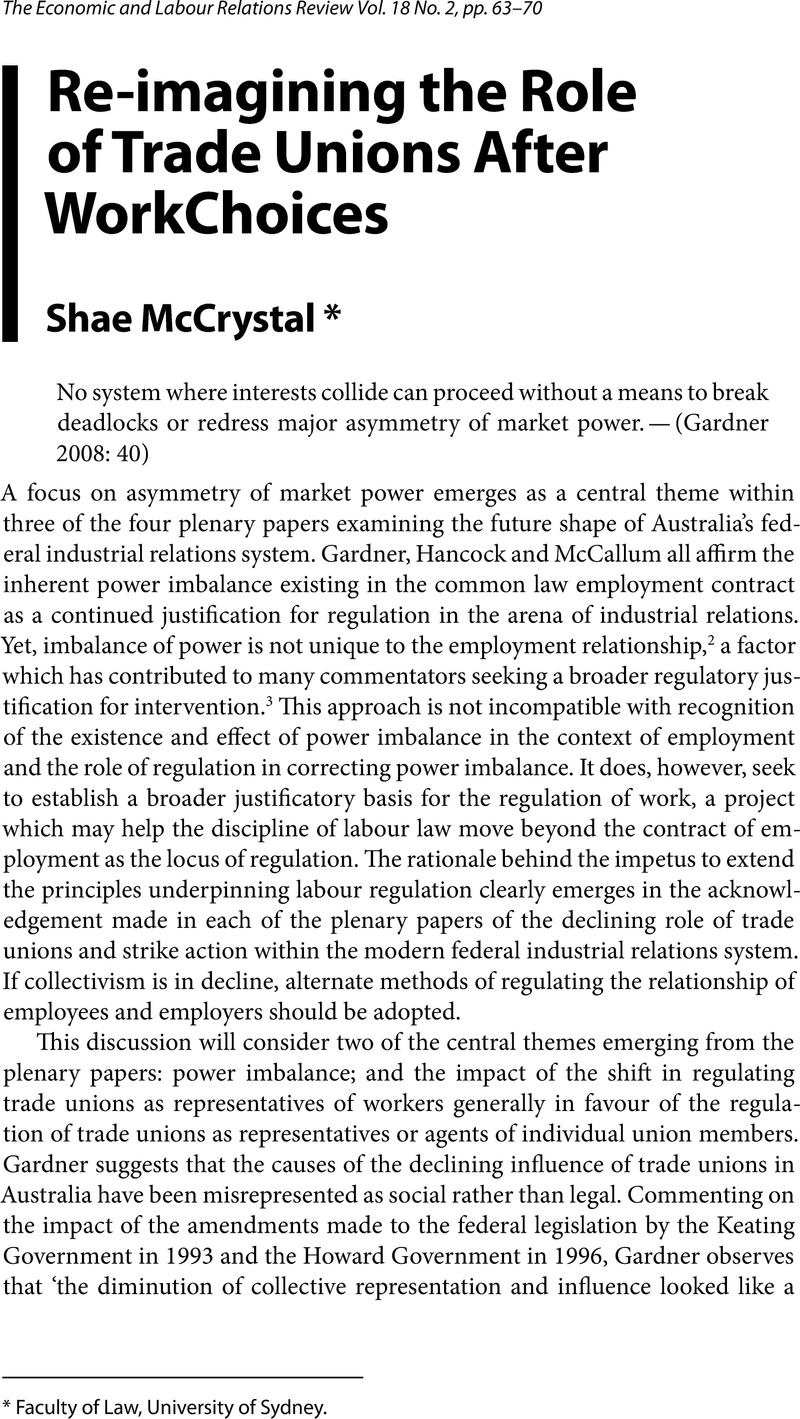Crossref Citations
This article has been cited by the following publications. This list is generated based on data provided by Crossref.
Fedotenkov, Igor
Kvedaras, Virmantas
and
Sanchez-Martinez, Miguel
2024.
Employment protection and labour productivity growth in the EU: skill-specific effects during and after the Great Recession.
Empirica,
Vol. 51,
Issue. 1,
p.
209.



